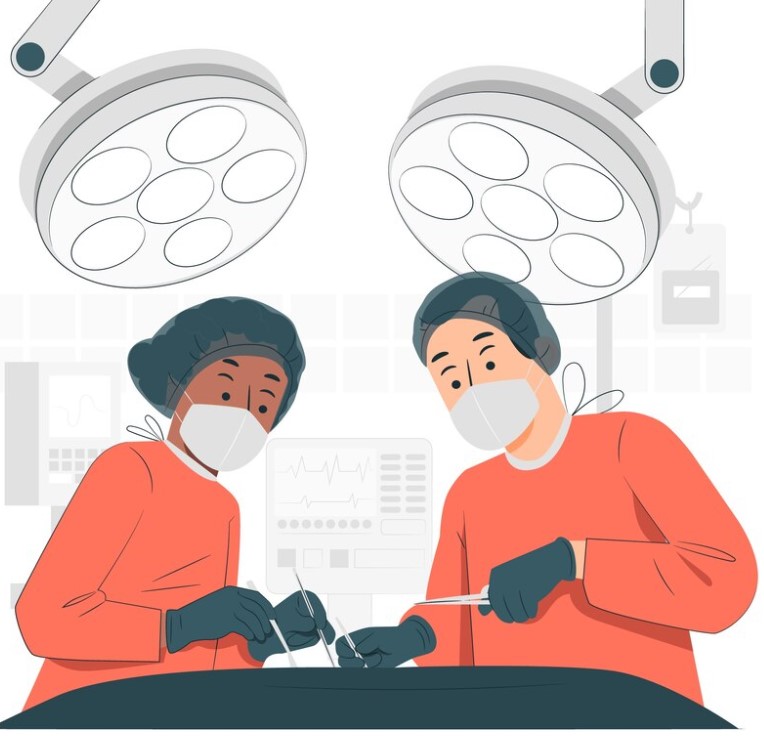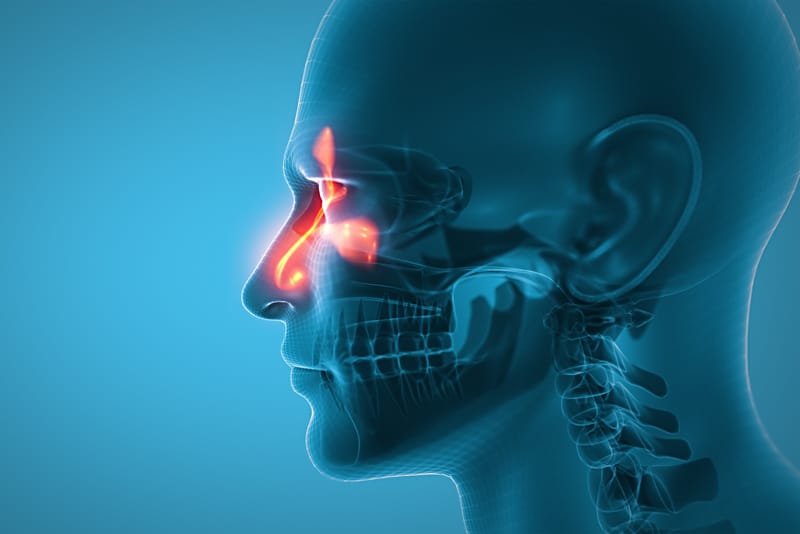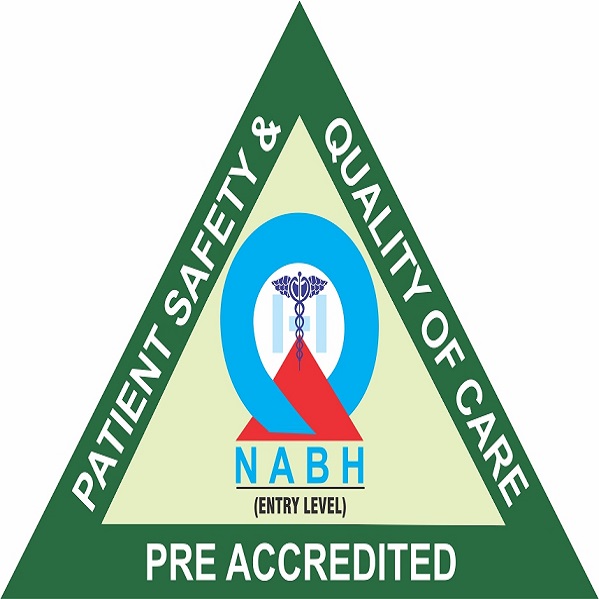
Introduction: Women’s health is an essential aspect of overall well-being, encompassing various medical fields such as obstetrics and gynecology. In this blog post, we’ll delve into some key insights provided by Dr. Veena Agrawal, a renowned expert in the field, shedding light on important issues and advancements in women’s healthcare.
Understanding Obstetrics & Gynecology: Obstetrics deals with pregnancy, childbirth, and the postpartum period, ensuring the health and safety of both mother and child. On the other hand, gynecology focuses on the female reproductive system, addressing issues related to menstruation, fertility, and menopause, among others.
Insights on Pregnancy and Childbirth: Dr. Agrawal emphasizes the significance of prenatal care in ensuring a healthy pregnancy. Regular check-ups, proper nutrition, and monitoring for any complications are vital during this phase. Additionally, advancements in prenatal screening and diagnostic techniques have enhanced the ability to detect and manage potential risks early on, contributing to better outcomes for both mother and baby.
Addressing Gynecological Concerns: From menstrual disorders to reproductive health issues, gynecology covers a wide range of concerns that impact women’s lives. Dr. Agrawal underscores the importance of education and awareness regarding menstrual hygiene, contraceptive options, and preventive screenings for conditions like cervical cancer.
Navigating Menopause and Beyond: Menopause marks a significant transition in a woman’s life, accompanied by various physical and hormonal changes. Dr. Agrawal discusses strategies for managing menopausal symptoms and emphasizes the importance of regular health screenings to detect conditions such as osteoporosis and cardiovascular disease, which become more prevalent post-menopause.
Advancements in Women’s Healthcare: In recent years, there have been notable advancements in the field of obstetrics and gynecology, ranging from minimally invasive surgical techniques to personalized treatment approaches. Dr. Agrawal highlights the role of technology in improving diagnostic accuracy and treatment outcomes, ultimately enhancing the quality of care provided to women.
The Importance of Holistic Care: Dr. Agrawal advocates for a holistic approach to women’s health, addressing not just physical but also emotional and social factors that influence well-being. By fostering open communication and a supportive environment, healthcare providers can empower women to take charge of their health and make informed decisions.
Conclusion: Women’s health is a multifaceted domain that requires comprehensive care tailored to individual needs. Through her insights and expertise, Dr. Veena Agrawal sheds light on the importance of obstetrics and gynecology in safeguarding and enhancing the health and wellness of women at every stage of life.
For more info. please visit : https://www.ahrihospital.com/












